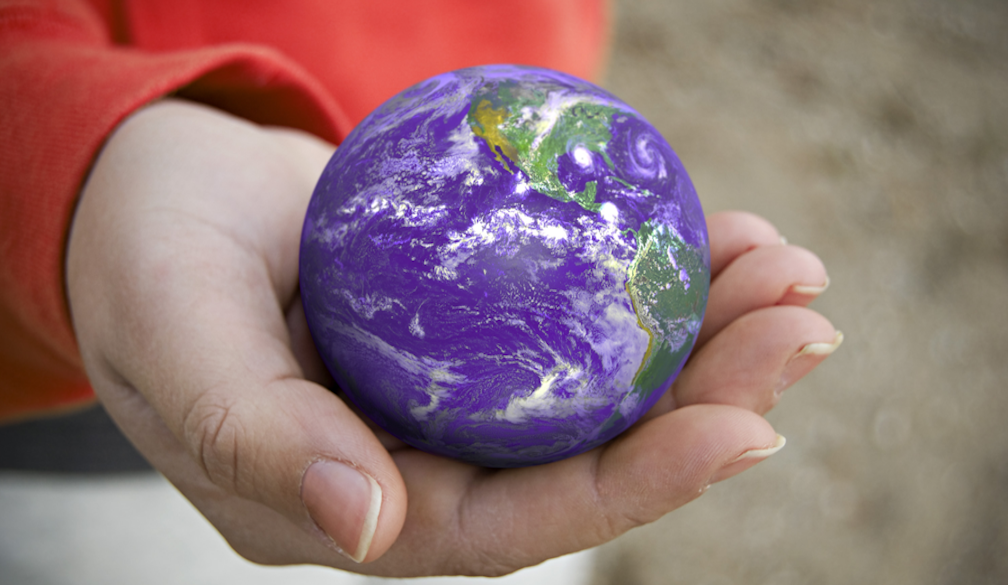Creating Sustainable Cities in Australia Through Recycling and Responsible Practices

Australia is experiencing rapid urban growth, and with it comes the challenge of balancing development with environmental responsibility. As cities expand, more pressure is placed on natural landscapes, prompting important conversations about how to protect ecosystems while still meeting human needs. Everyday decisions, from how we manage waste to how we approach land development, can have long-term impacts on our communities and the environment.
The Role of Recycling in Sustainable Living
Sustainability begins with the small choices we make at home, and recycling remains one of the simplest and most effective practices. Across Australia, local councils provide systems that make it easier for households to separate materials like paper, glass, and plastics. When properly processed, these items can be reintroduced into manufacturing rather than ending up in landfills.
For many Australians, this not only helps reduce household waste but also conserves resources and minimises pollution. By actively participating in recycling programs, communities contribute to lowering greenhouse gas emissions and protecting natural habitats. The practise also supports a circular economy, where materials are given a new life instead of being discarded. Over time, such efforts reduce the need for raw resource extraction, which is often damaging to the environment.
Balancing Nature and Development Through Tree Removal
Urban expansion often means that certain areas of land need to be cleared for housing, infrastructure or public amenities. This process may sometimes involve tree removal, which can be a sensitive subject in Australia given the value placed on native vegetation. While it is occasionally necessary for safety reasons or to accommodate growth, it must be approached with care and in line with environmental regulations.
Many councils require permits before any significant vegetation clearing, ensuring that local wildlife, soil stability and water systems are considered. In some cases, new trees are planted in different locations to offset the impact of those that are lost. This balance between safety, progress and environmental stewardship helps communities grow without sacrificing the unique ecosystems that define the Australian landscape. When handled responsibly, these measures allow development to continue while ensuring that nature is respected.
Building Greener Cities for the Future
Looking ahead, sustainable cities must focus on blending infrastructure with natural systems. Initiatives such as green roofs, community gardens and water-sensitive urban design are already shaping how developments are planned. These approaches not only make cities more liveable but also improve resilience to extreme weather conditions.
At the same time, investments in renewable energy and sustainable transport options are reducing reliance on fossil fuels. From bike-sharing programs to solar panel rebates, Australians are being given more opportunities to make environmentally conscious choices. Public awareness campaigns also play a key role, helping people understand the long-term benefits of adopting sustainable habits and supporting government-led initiatives.
By combining thoughtful planning with community action, Australian cities can continue to grow in a way that respects the environment. Every decision, whether at the household or policy level, contributes to shaping greener, healthier places for future generations.
As Australia develops, the relationship between people and the environment must remain a central focus. Practices like recycling keep resources in circulation, while careful approaches to tree removal ensure safety without compromising ecosystems. By embracing forward-thinking solutions, Australians can create cities that reflect both progress and environmental care. The path forward relies on collaboration, innovation and everyday action, proving that growth and sustainability can exist side by side.










